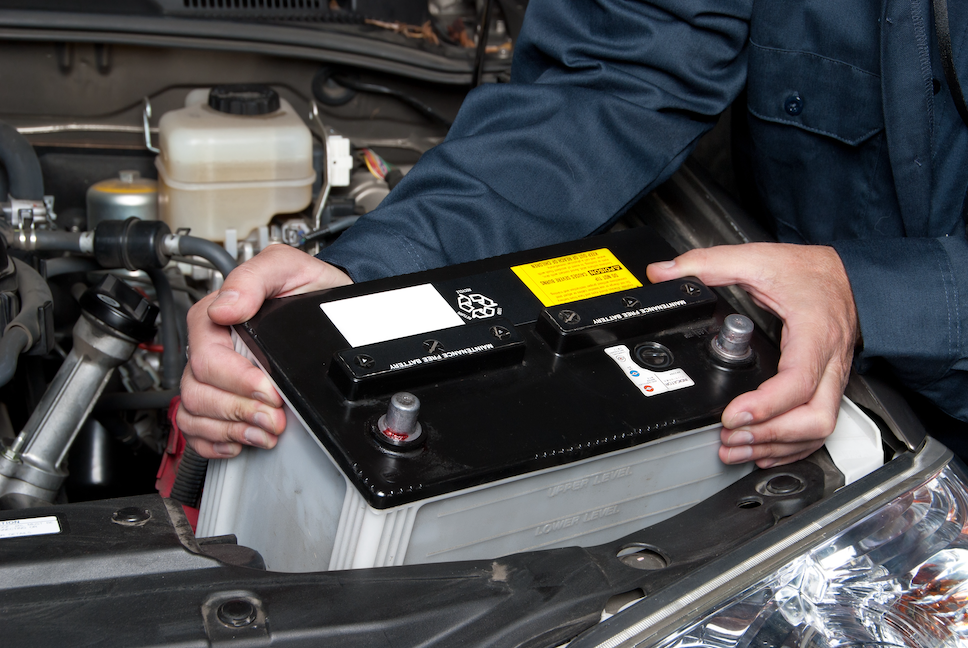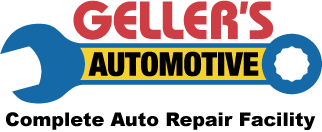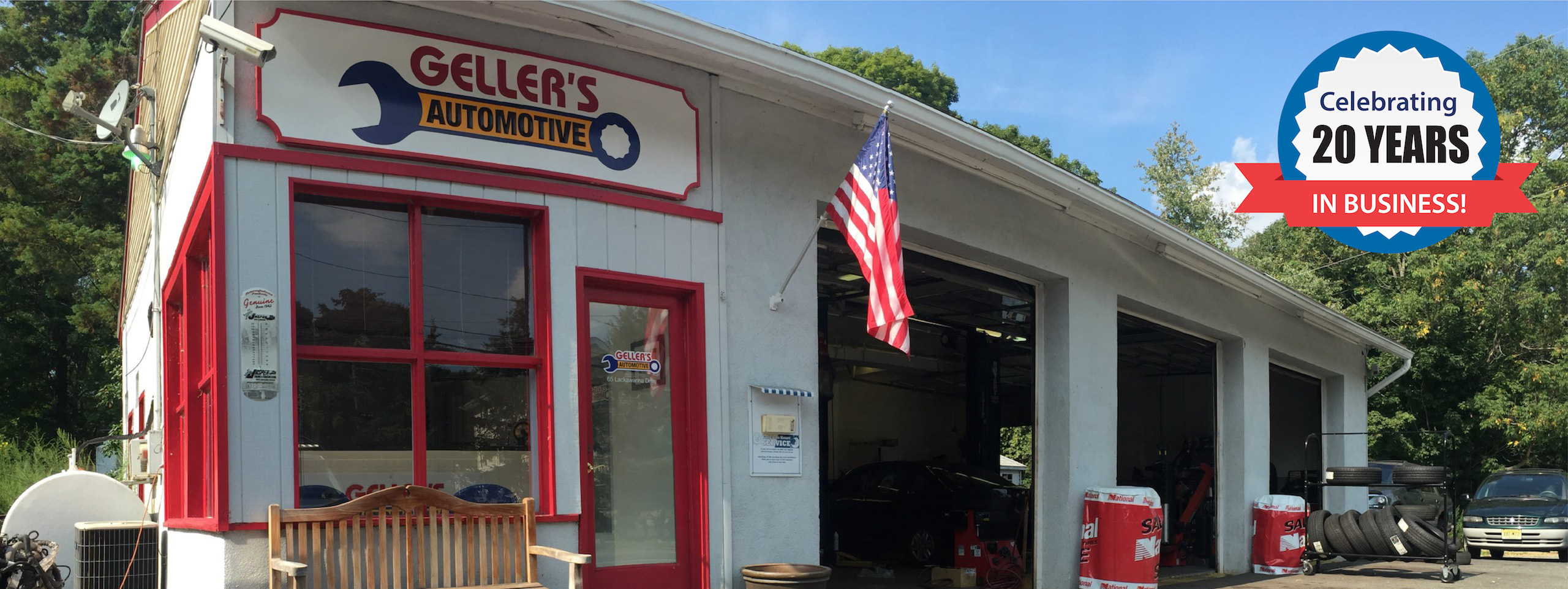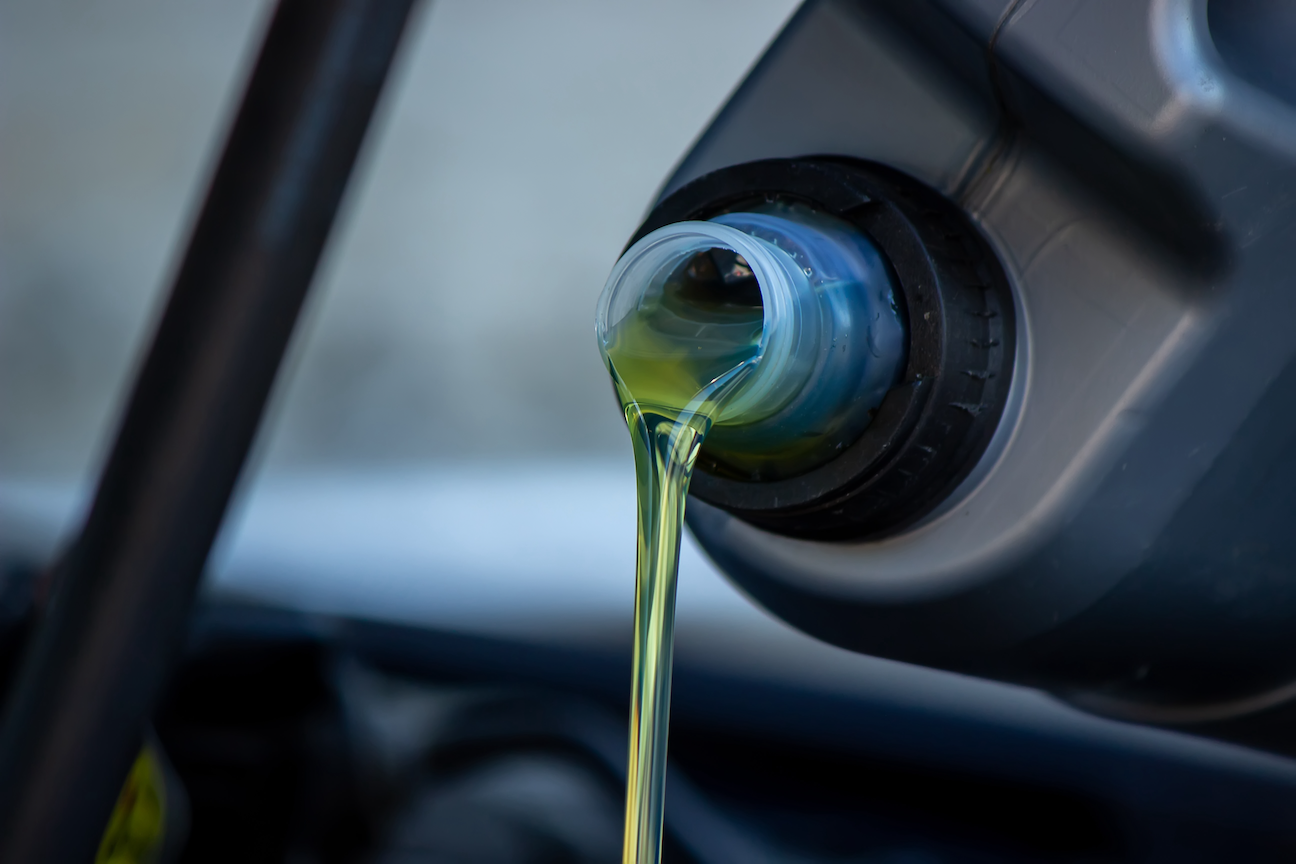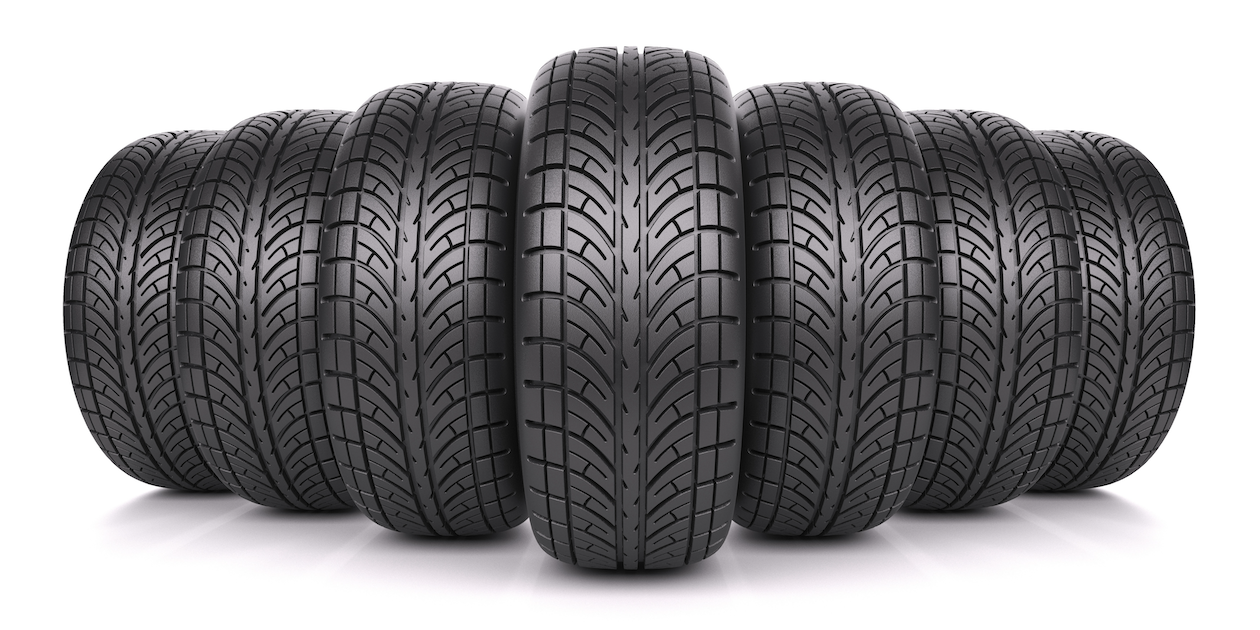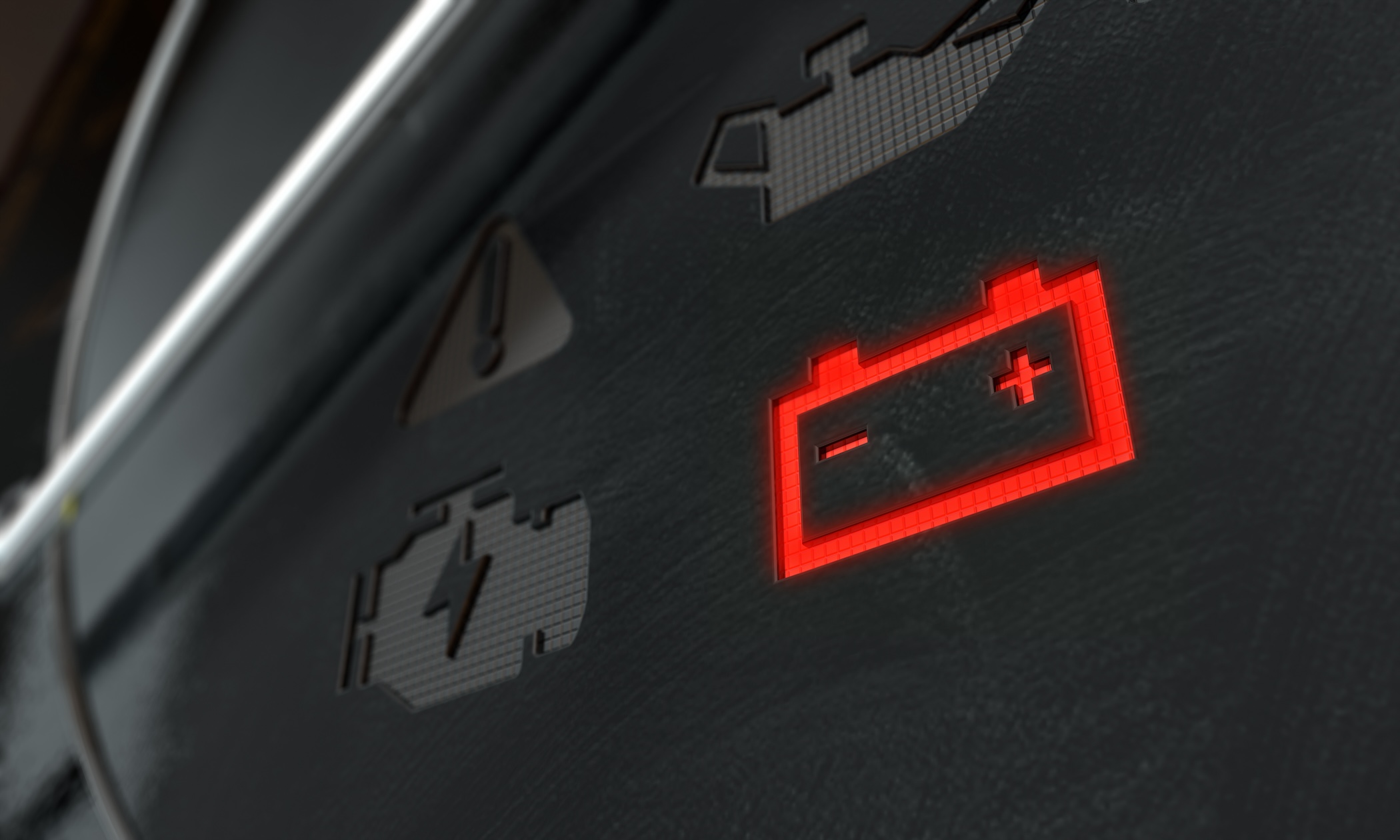
Do you know what type of automatic transmission is in your vehicle? Most likely if you purchased your vehicle within the last ten to fifteen years, it has a more advanced transmission called the continuous variable transmission, or CVT. The CVT is a form of automatic transmission that does not require driving input to change gears but operates differently from the conventional automatic. In this month’s blog post, we compare it with the traditional automatic transmission, explore how it operates, its benefits, common problems, and preventative maintenance tasks.
CVT vs Automatic Transmission
Unlike traditional automatic transmissions that use sets of fixed gears, a CVT uses a pair of variable-width pulleys connected by a flexible belt. This allows for an infinite number of gear ratios between the maximum and minimum values. This means your car can adjust to the exact power requirement, rather than being limited to a set number of gears.
The operation of a CVT is based on the simple principle of changing the distance between the two pulleys. When the distance is increased, the belt runs deeper in the pulley groove, effectively creating a larger gear ratio. Conversely, when the distance is decreased, the belt runs higher, creating a smaller gear ratio. This allows the CVT to provide smooth, seamless acceleration.
CVTs offer several benefits over traditional automatic transmissions. They provide better fuel efficiency because they can always operate the engine in its most efficient range. CVTs also offer smoother and quicker acceleration because there is no need to shift gears.
Common CVT Problems and Preventative Maintenance
Despite their advantages, CVTs can have some issues. They may not provide the same driving feel as traditional automatics, which can be off-putting to some drivers. CVTs can also be noisier and less durable than their traditional counterparts, especially under heavy load.
To keep your CVT in good working order, regular maintenance is crucial. Here are some tips:
- Regularly check and change the transmission fluid. Unlike traditional automatics, CVTs require special fluid. Always use the type specified in your vehicle’s owner’s manual. Check to make sure that the fluid is clean – it will be clear versus dark and dirty. Use the timetable provided by your vehicle manufacturer for changing the fluid. But in most cases, it will probably require a change between 30,000 and 60,000 miles driven.
- Avoid heavy loads. CVTs are not designed for heavy towing. Overloading your vehicle can cause the CVT to overheat and fail.
- Regular inspections. Have your CVT inspected regularly by a professional. Early detection of problems can prevent costly repairs down the line.
While CVTs may be a bit different from what you may be used to, they offer several benefits that make them worth considering. With proper care and maintenance, a CVT can provide a smooth, efficient driving experience. If you would like to have your CVT inspected for possible issues, contact a service professional at Geller’s Automotive to schedule an appointment.
